Spend time on or near Maine’s 282-mile section of the Appalachian Trail over the next couple months and you’ll likely encounter that legendary animal known as the “thru-hiker.” With their ragtag appearance, deep tan, muscular legs, beat-up backpack, distinct odor, and a language all their own, they’re hard to miss.
Here’s an insider’s guide to some of their terminology.
Hikers who cover the entire 2,198-mile distance in one calendar year earn the title of “thru-hiker.” Hike the AT in smaller chunks over time and you’re a “section hiker.” Northbound thru-hikers, or “NOBOs,” hike from Georgia to Maine, while southbounders (“SOBOs”) go the other way.
A “flip-flopper” thru-hikes the trail in non-contiguous sections, an increasingly popular option. Starting at the halfway point in Pennsylvania and hiking to Maine, then going from Georgia to Pennsylvania is an example. A “yoyo” hiker thru-hikes the trail in one direction, then turns right around and thru-hikes the trail in the other direction in one continuous journey of nearly 4,400 miles. Whoa.

There are 165,000 white blazes marking the Appalachian Trail from Georgia to Maine, White-blazers are purists who follow every blaze along the route. Carey Kish photo
Somewhere around 165,000 2×6-inch white paint blazes mark the AT. “White blazers” are purists who follow the official trail route from start to finish. “Blue blazers” deviate here and there and occasionally take side trails and alternate trails, which are marked with blue blazes. “Yellow blazers” skip whole sections of the trail by hitchhiking, getting rides or taking a bus.
As an “aqua blazer,” you canoe or kayak a water route parallel to the AT (this is sometimes done in the Shenandoahs of Virginia). “Retro blazing” is hiking an old segment of the AT that has been rerouted.
A “zero day” is where you make no mileage; these are often spent in a trail town doing chores and relaxing. When hikers make just a few miles into town, say in the morning, and then take the rest of the day off, or leave town late in the day and walk a few miles out, that’s called a “nero day.” A “vortex” is when you just don’t feel like leaving the civilized comforts of town.
The “bubble” is a cluster of thru-hikers that started around the same date. The dense northbound hiker bubble that began in Georgia in late March through early April is finally making its way into Maine and will peak from now through late September. By this point, they will have climbed their share of “PUDs,” or pointless ups and downs over viewless summits.
Thru-hikers consume an enormous amount of calories each day and most still lose lots of weight. The acronym “AYCE” isn’t as common as it used to be, but find it in your trail guide and you’ll be tractor-beamed right to the all-you-can-eat restaurant. Ming Garden in Waynesboro, Virginia. is one such place that’s always high on the thru-hiker radar.
To “Yogi” (after the well-known Yogi Bear cartoon character in the 1960s “Huckleberry Hound Show”) is to beg for food politely but rather pointedly; most thru-hikers master this skill pretty quickly. “Trail magic” is unexpected acts of kindness by strangers, most often in the form of food and drink at road crossings. “Trail angels” are the beautiful souls who proffer trail magic.
“Slackpacking” is when hikers leave their full backpack behind for a day (e.g., at a hostel) and hike with only a light day pack and sometimes no pack at all. It’s a sort of rest break where you can often rack up some bigger miles without carrying a load. This requires a shuttle.

Cowboy camping is throwing down your sleeping pad and bag at a site and foregoing the tent for the night. Carey Kish photo
“Cowboy camping” is setting up at an undesignated site without pitching a tent. You simply lay down your mattress and sleeping bag on the ground and you’re home for the night. “Hiker midnight” is the time most hikers go to bed, especially early on in the long trek. By sundown, you’re snuggled in your bag, and by dark, the slumber and snoring are usually in full swing.
Many thru-hikers hike in a pack, or “tramily.” This trail family becomes really tight knit, provides much needed support en route, and often results in lifelong friendships. “HYOH” is the maxim that it’s your adventure and you should “hike your own hike” as you wish (within reason, of course) and not worry about what others do or think.
Carey Kish of Mount Desert Island, a veteran of two AT thru-hikes, is well-versed in AT speak and has mastered the art of yogi-ing food and drink from unsuspecting picnickers. Follow more of Carey’s adventures on Facebook and on Instagram @careykish
Copy the Story LinkSend questions/comments to the editors.

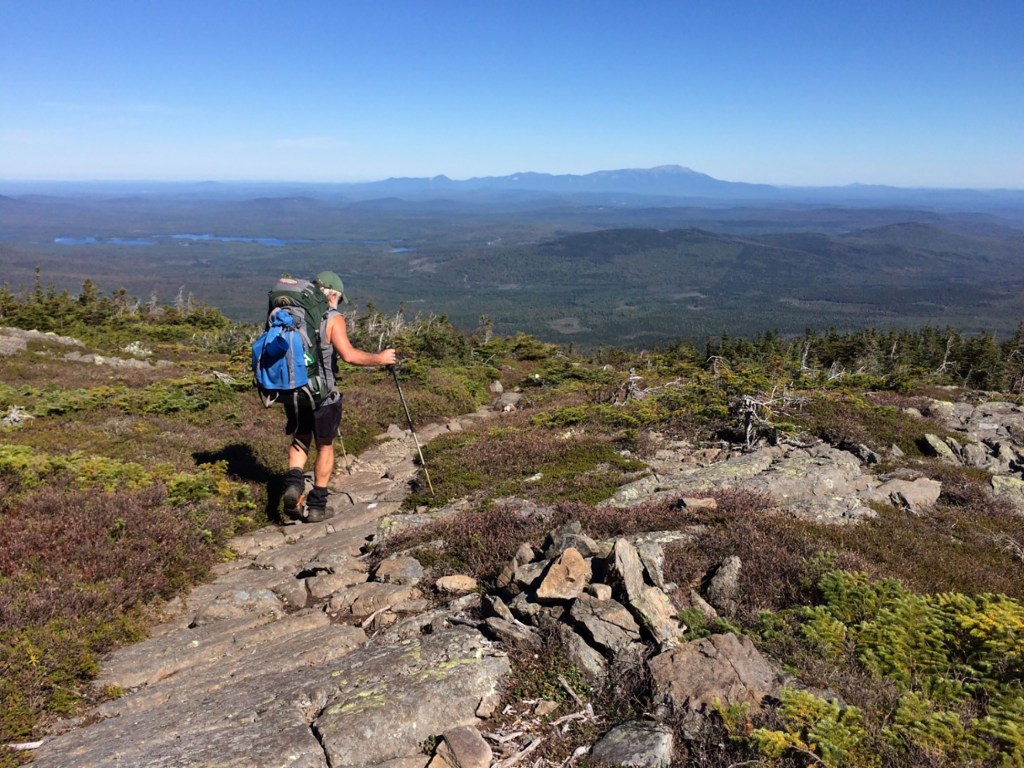
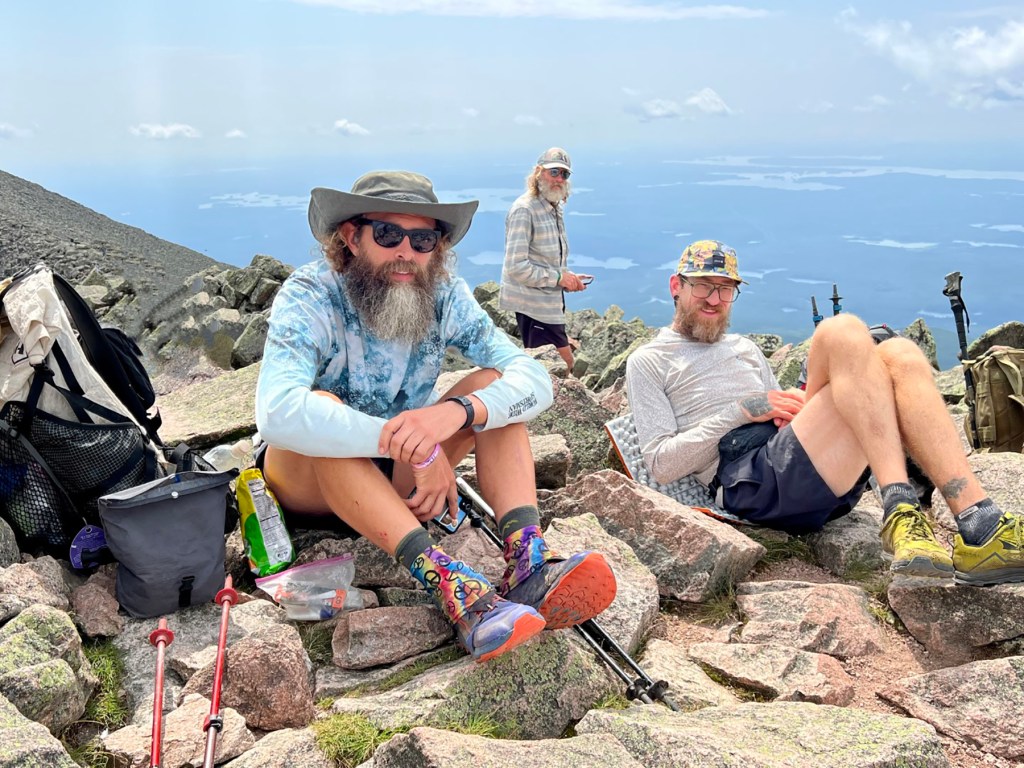
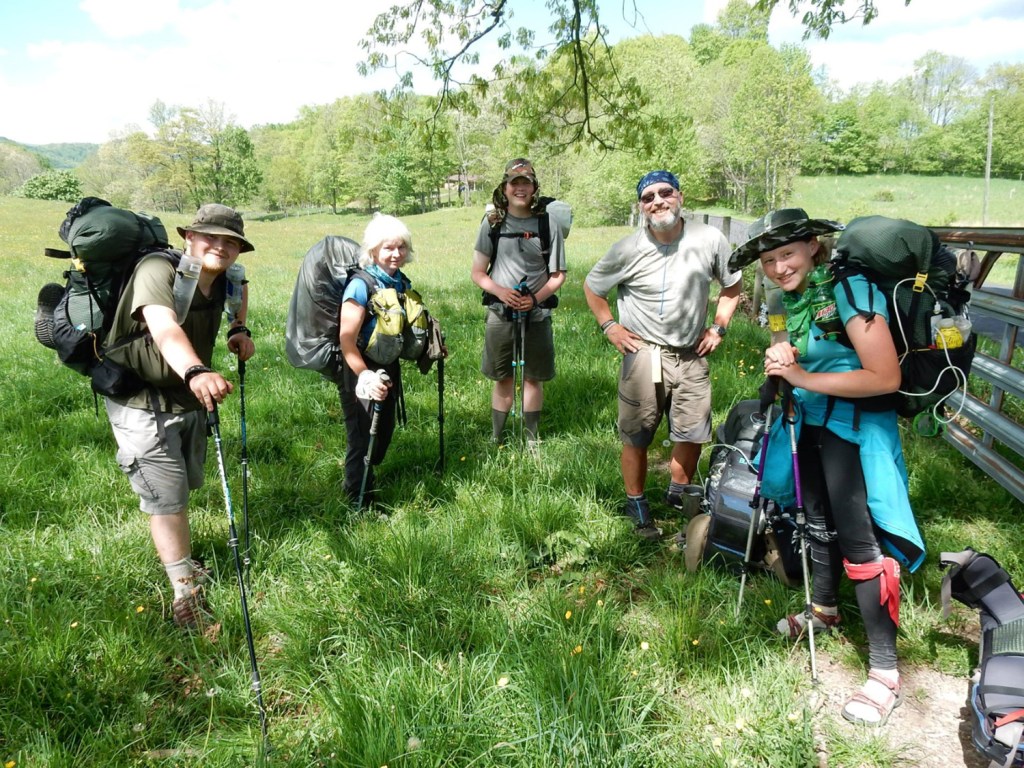
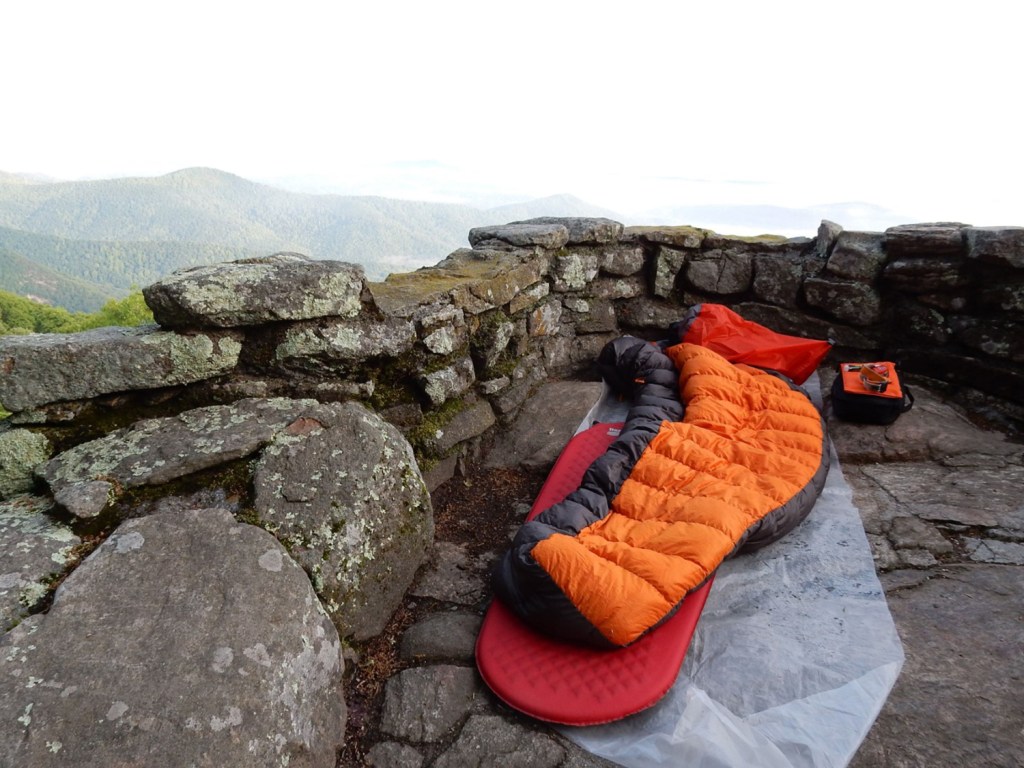
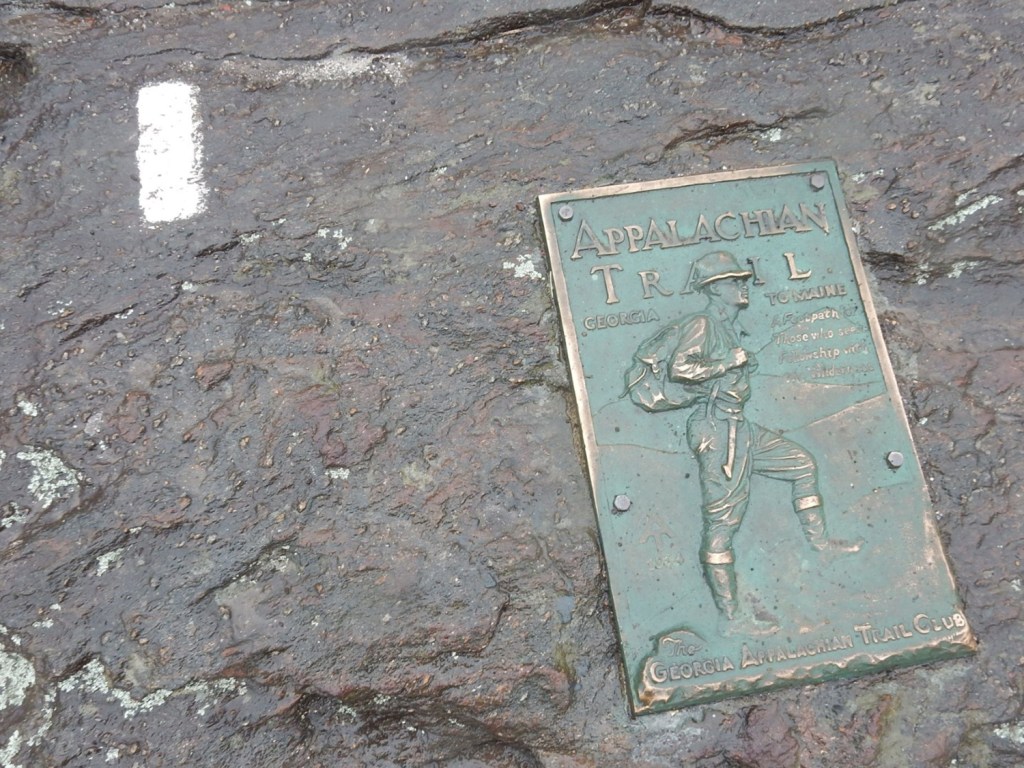
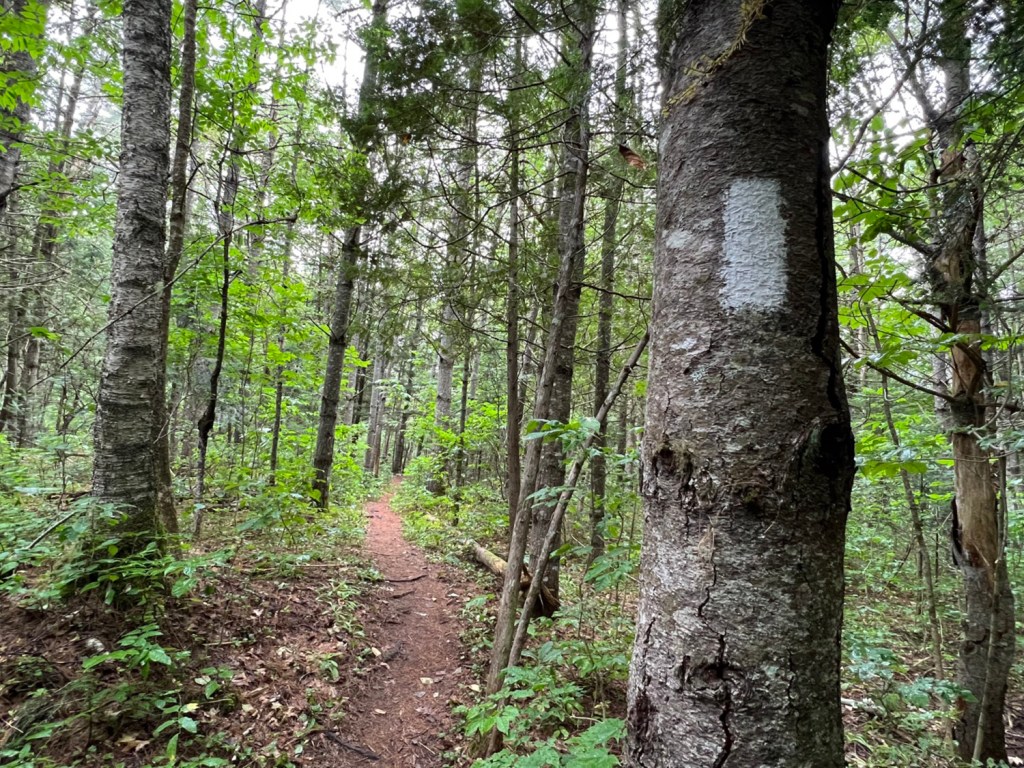
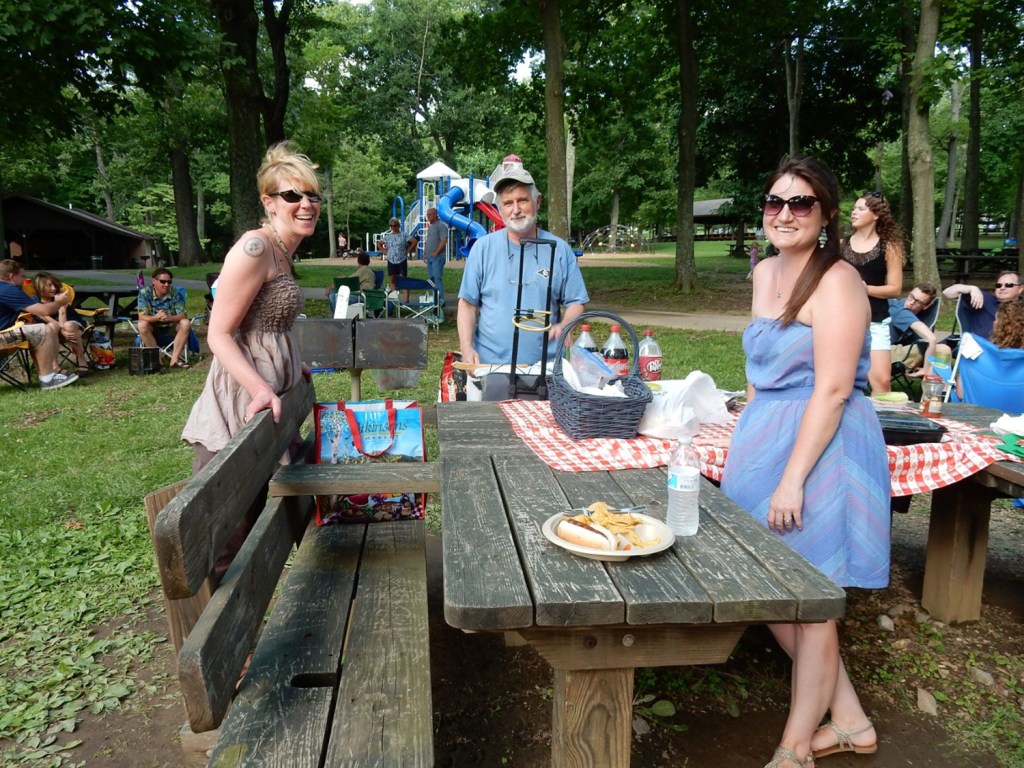
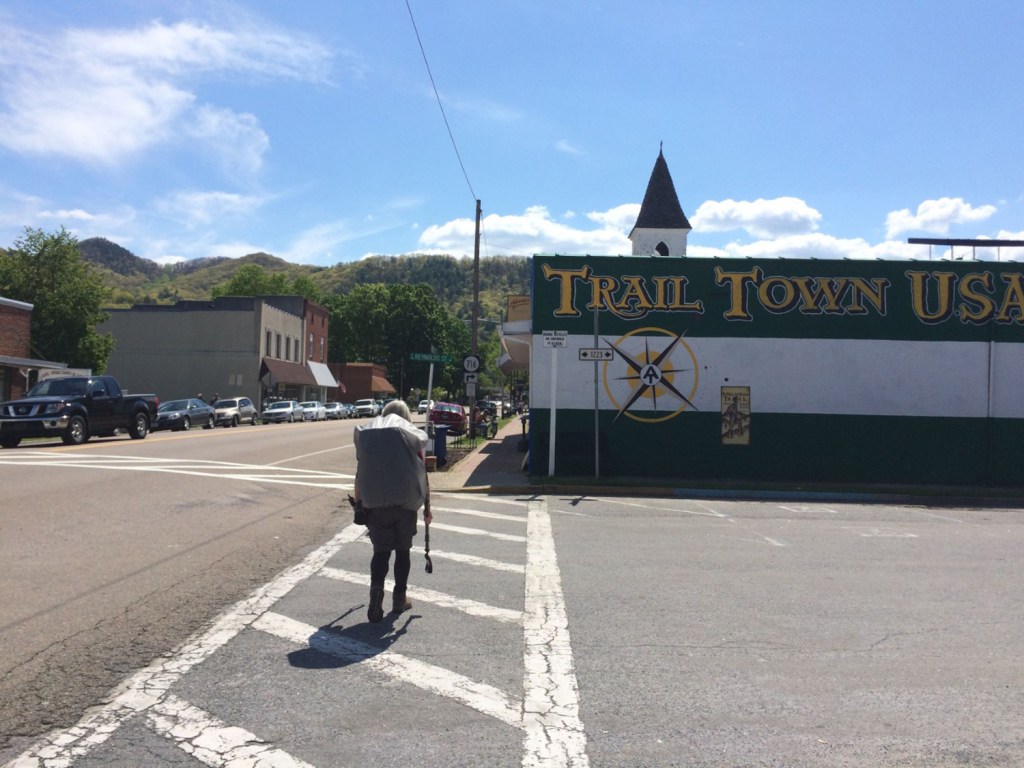
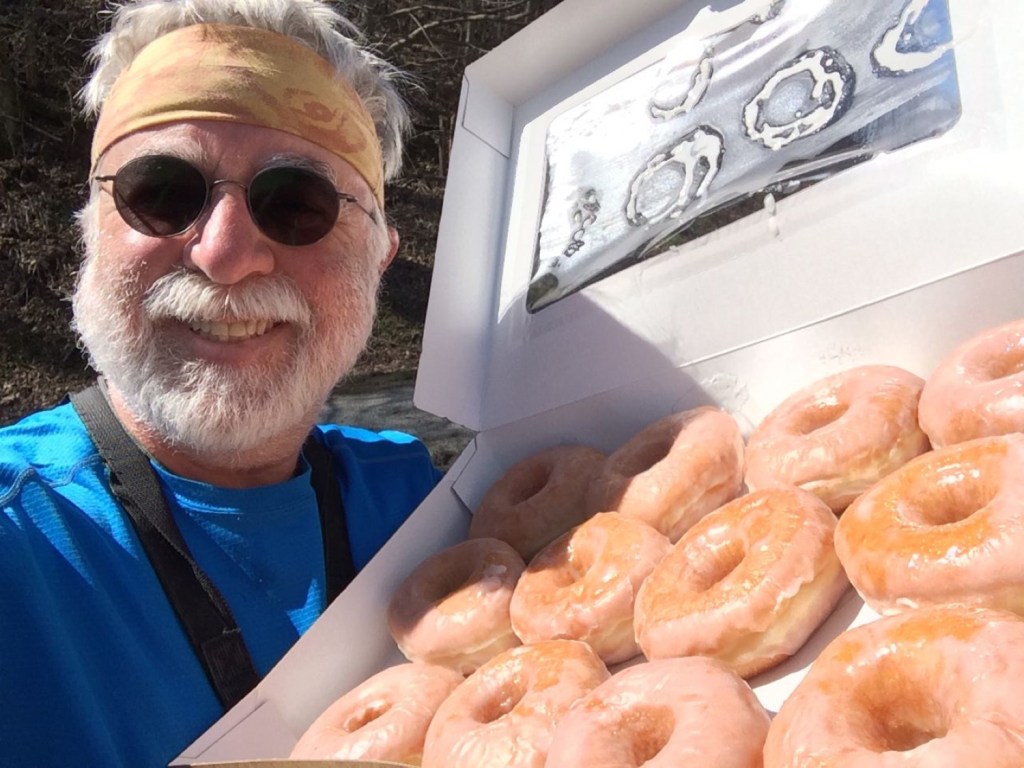
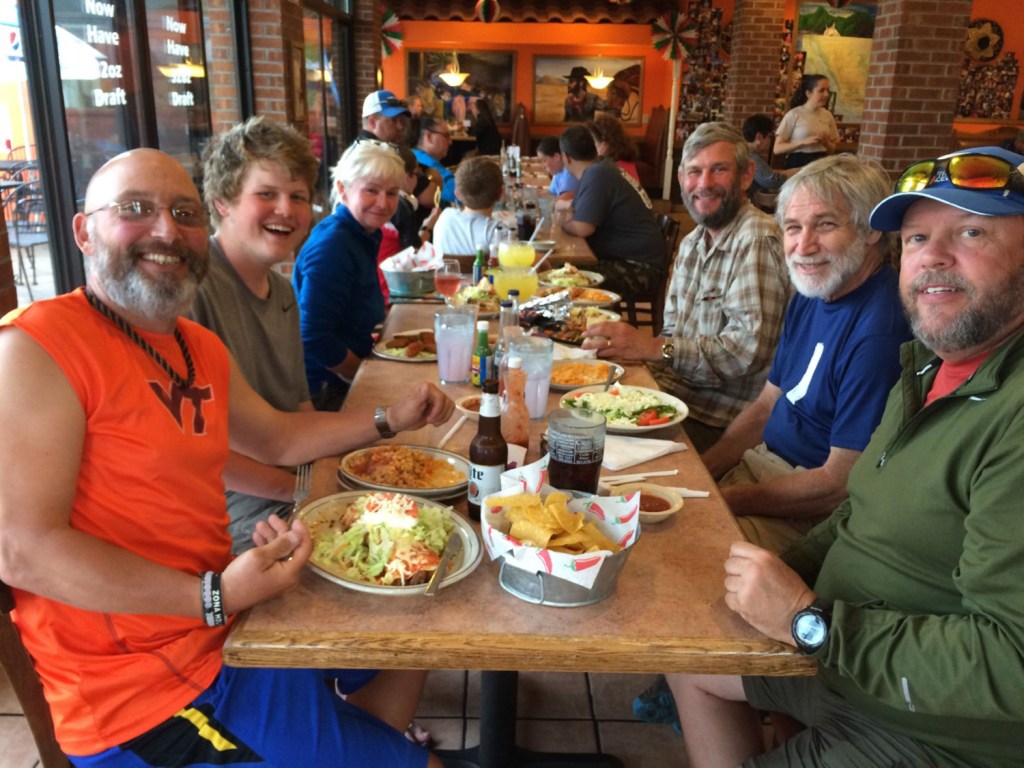
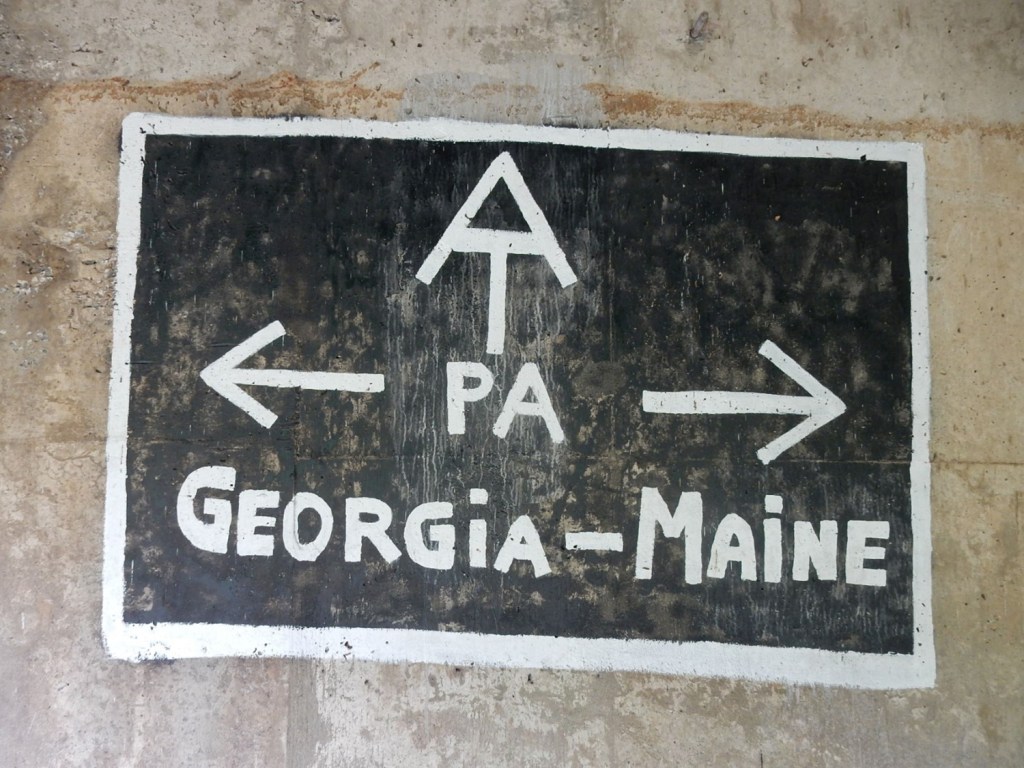
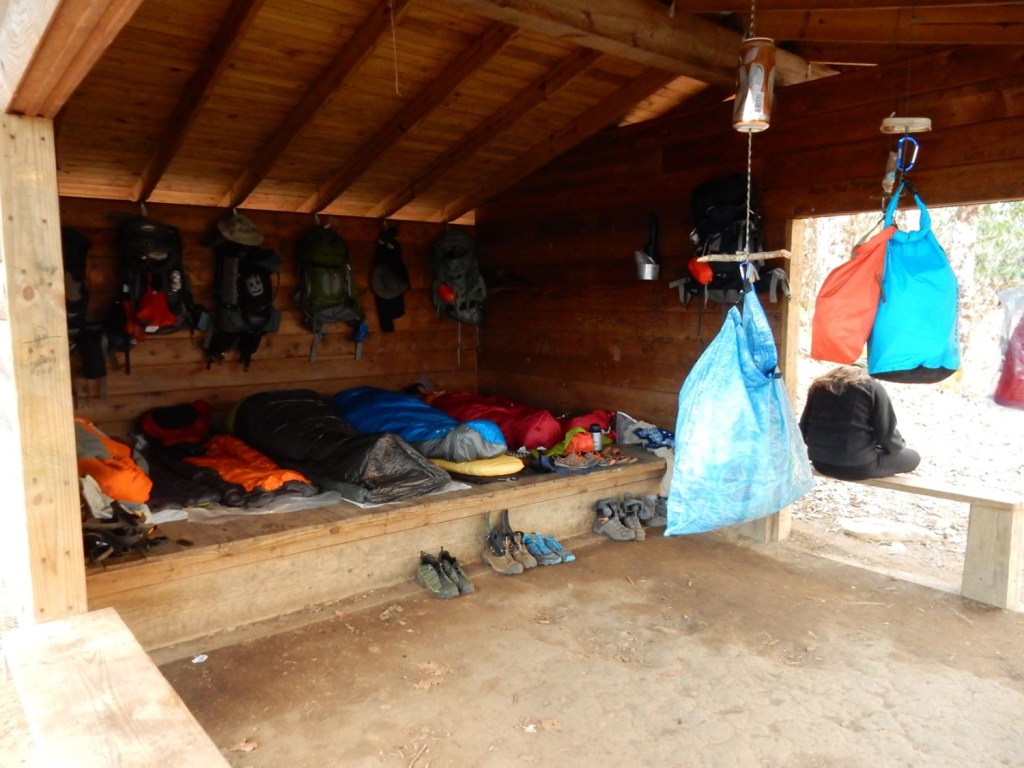

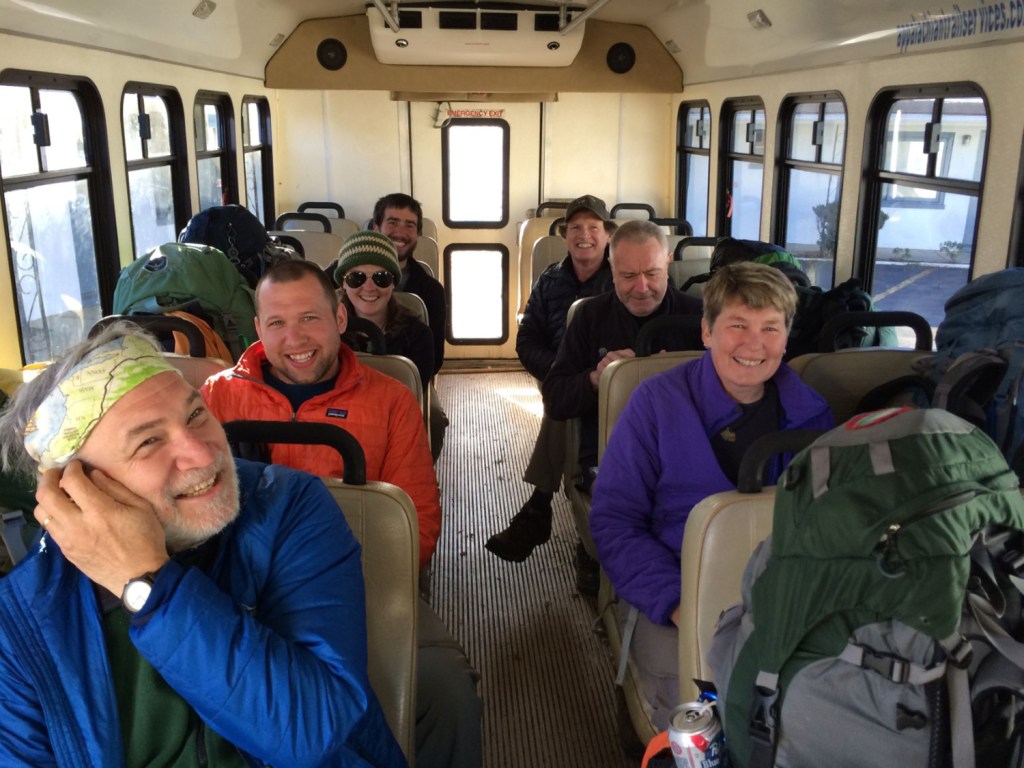
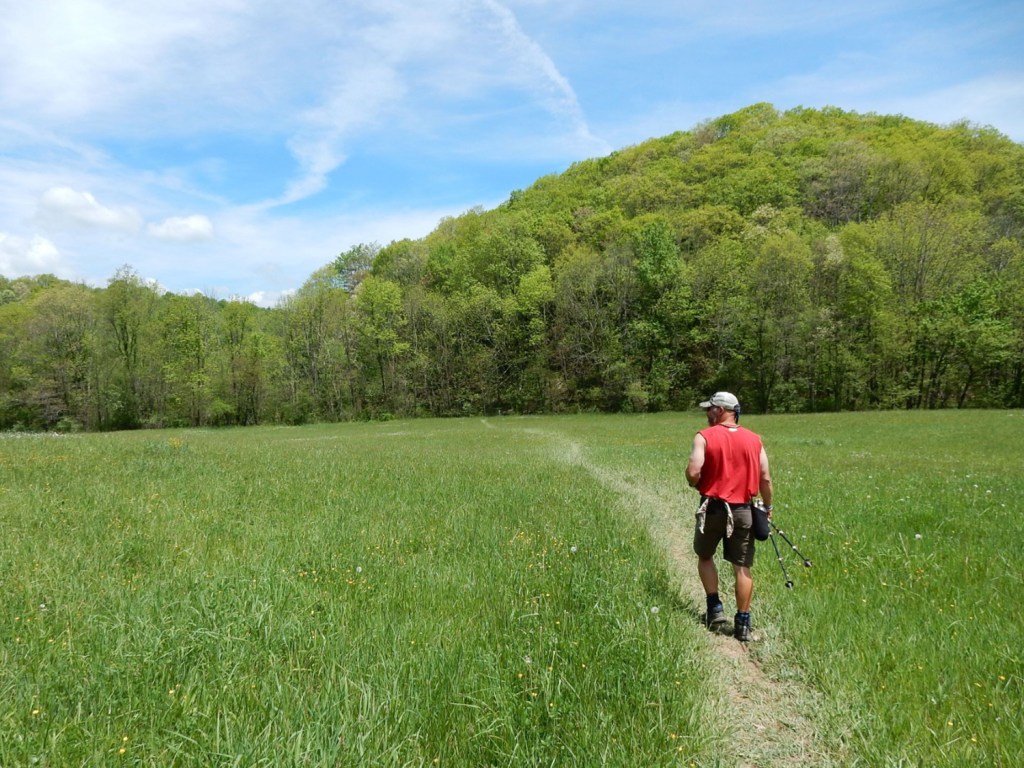
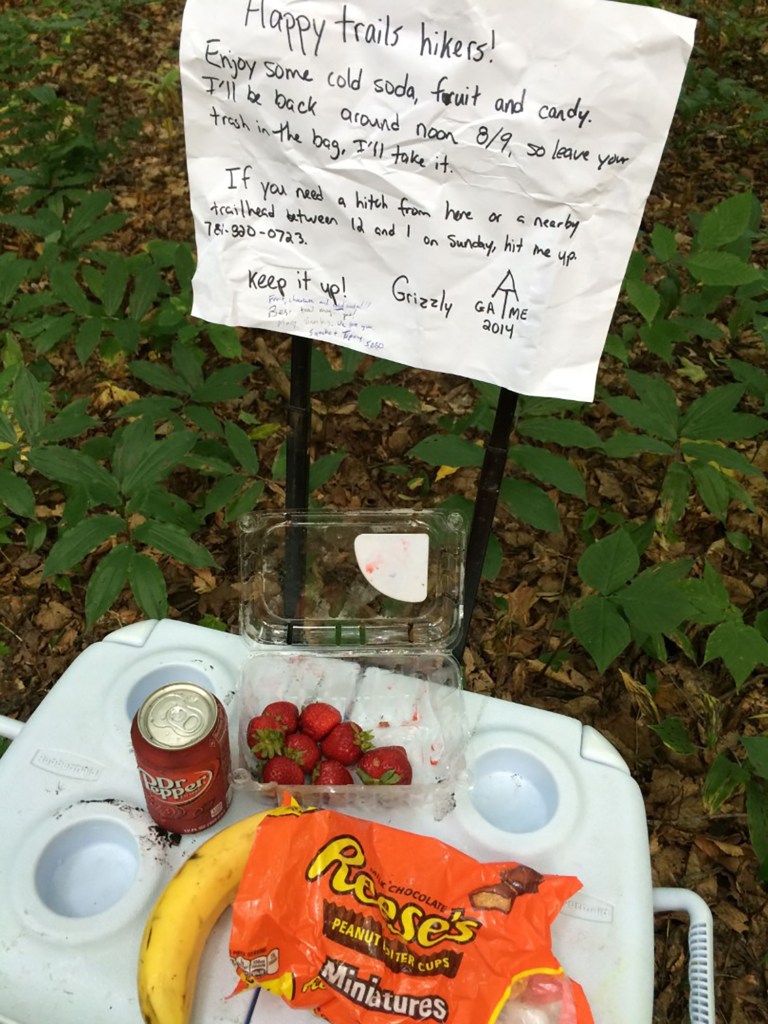
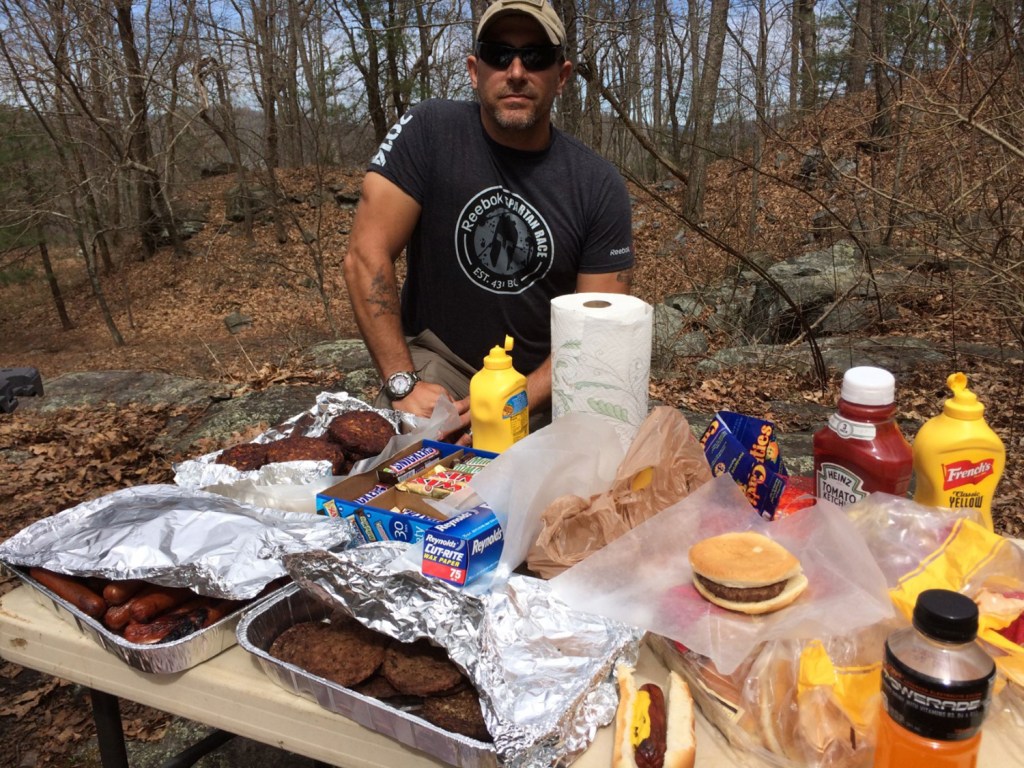

Success. Please wait for the page to reload. If the page does not reload within 5 seconds, please refresh the page.
Enter your email and password to access comments.
Hi, to comment on stories you must . This profile is in addition to your subscription and website login.
Already have a commenting profile? .
Invalid username/password.
Please check your email to confirm and complete your registration.
Only subscribers are eligible to post comments. Please subscribe or login first for digital access. Here’s why.
Use the form below to reset your password. When you've submitted your account email, we will send an email with a reset code.